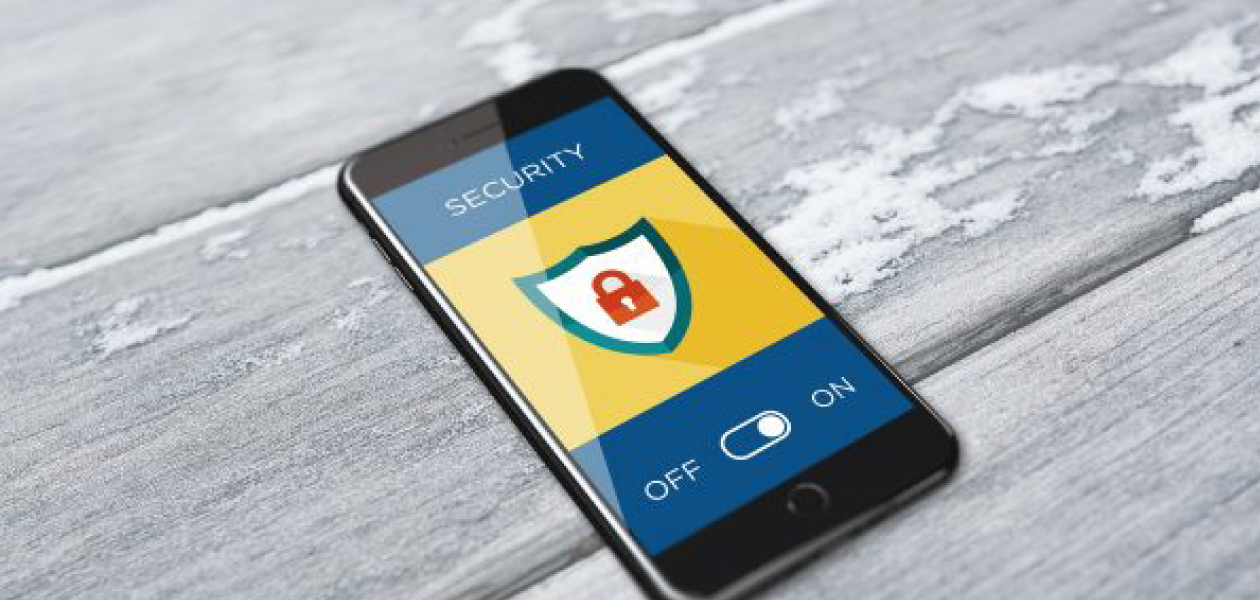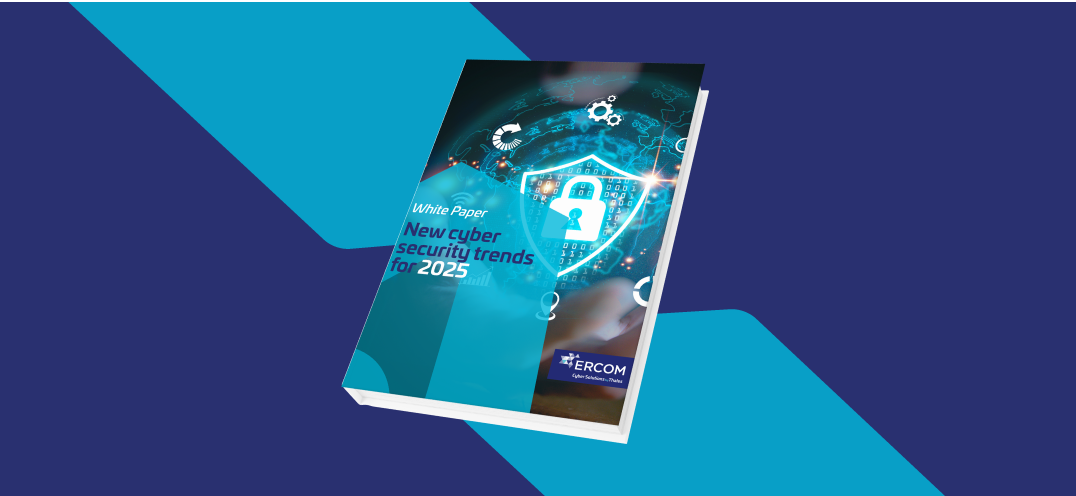How to protect your business against mobile cyber threats? - Act II
Discover in this article, how to protect your business against mobile cyber threats?
At the heart of a mobile security strategy, now essential to any organisation, lies the identification of threats, impacts and technical measures to be implemented to protect your smartphones, communications and mobile data.
These technical measures are covered by a teeming ecosystem of business solutions, which still lacks clarity: Explanations and recommendations on Enterprise Mobility Management, Mobile Device Management, Mobile Application Management, Mobile Threat Protection, Secure Smartphone, Encrypted Messaging…
What are the technical measures against local, network and application attacks?
As we detailed in “What cyber threats are targeting your organisation's mobile communications and data?”, there are several types of threats against mobile communications and devices.
Nevertheless, let’s remain optimistic. “In all circumstances, there is no harm that cannot be cured,” said Madeleine de Puisieux, a French writer and active feminist, in the 18th century… Three centuries later, the cyber world is no exception to the adage. To each ailment its remedy. You just have to know, as in medicine, how to decipher the prescription and the instructions…
- Types of attacks
- Technical measures
- Local attacks (physical access)
- Enforcing Android/iOS security rulesStrong authentication and PINLocal data encryptionContainersLocal port control (USB/BT)Remote wipe
- Encrypted voice/SMS
- Mobile VPN
- Wi-Fi hacking detection
- Man-in-the-middle detection
- HW/OS vulnerability attacks
- Secure boot and OS security (Android SE)
- Containers
- Trustzone (mobile CPU) and smart cardOS vulnerability detection
- Mobile malware and hacked applications
- Containers
- Application security audit
- Application white list
- Enterprise
- App Store
- Strict application rights management
- Mobile Phishing
- Encrypted
- SMSSecure contact lists
- Phishing detection
Technical measures are therefore plentiful, of various nature (prevention, detection, response, prediction), and available in commercial solutions with multiple profiles.
“The key is to find a user-friendly solution for employees, with a level of confidentiality and security suited to the information that needs to be protected, usage and operational requirements,” declares Raphaël Basset, VP Marketing & Business Development, at ERCOM.
Ergonomy, operational flexibility and security: to achieve these requirements, and control the growing attack surface, it is often necessary to combine several solutions. In-depth review…
What is Enterprise Mobility Management (EMM)?
Enterprise Mobility Management covers a set of technologies enabling organisations to manage and secure mobile devices, smartphones or tablets, and the data they contain.
According to vendors, EMM combines several functional modules:
- MDM (Mobile Device Management) to manage mobile devices and their software settings
- MAM (Mobile Application Management) to support mobile application deployment and update
- MIM (Mobile Identity Management) to manage data access and the identification process
What is Mobile Device Management (MDM)?
Mobile Device Management allows mobile device fleet management, with the aim of harmonizing and securing fleets, ensuring that all employees use up-to-date applications and their devices are correctly configured.
MDM enforces the use of an unlock code (PIN code), and full or targeted content encryption.
This precaution ensures the integrity of an organisation's key information in the event of loss or theft of a device. It also supports remote locking and wiping, and the ability to backup and restore user accounts and their associated data.
MDM also installs software, security patches, and certificates through the cellular network. As such, it may prohibit the installation of applications not validated by the organisation. Certain MDMs also provide a VPN to access enterprise data and servers in a secure way.
What is Mobile Application Management (MAM)?
Mobile Application Management focuses on data security (files, location information, audio/video capture…) accessible to applications installed on a smartphone.
MAM supports whitelisting applications or a Enterprise App Store, and granular management of application privileges.
Fleet administrators can apply a data leak prevention policy (Data Loss Prevention), for instance prohibiting copying or reading files by certain applications.
MAM also supports compartmentalizing data. This containerization ensures that operations carried out in the personal space do not affect enterprise data.
What is Mobile Threat Protection (MTP)?
MDM and MAM solutions protect organisations against data leaks in the event of loss or theft of a device, and against certain known network attacks and malicious application behaviors. However, they do not ensure protection against advanced threats such as malware or phishing, which evolve permanently.
It may therefore be useful to opt for an additional level of protection, to identify abnormal device and application behavior in real time, detect vulnerabilities and prevent infections by known and unknown malware. This is what MTP does.
You can also read Article I: “What cyber threats are targeting your organisation's mobile communications and data?”
What is encrypted messaging?
Originally, mobile messaging evolved on the consumer market, thanks to superior ergonomics compared to SMS, total interoperability (regardless of 3G/4G operator and type of smartphone used), and international communications at reduced costs.
These applications have gradually encrypted all or part of their voice/video communications, instant messages and file transfers, and are used today in the professional world.
They allow organisations to improve productivity, and mainly protect against phone tapping and SMS interception. The flipside of these free messaging applications is the use of metadata and address books for advertising/marketing purposes, and the lack of fleet management features.
New secure messaging applications, such as Ercom Cryptopass, use end-to-end encryption, fleet management and privacy by design features.
What are the characteristics of a secure smartphone?
In addition to software detection and protection solutions, some so-called secure smartphones integrate security directly into their processor, operating system, and SIM or SD card
These solutions provide better protection against attacks targeting low-level mobile hardware and software vulnerabilities.
Local attacks, such as data extractions via USB/Bluetooth ports, are also better countered.
Finally, they offer enhanced data and communication encryption through physical security of cryptographic cyphers.
These secure smartphones benefit from a higher level of security than application-based solutions, and are therefore recommended for professionals dealing with sensitive information (government members, business leaders, lawyers, etc.).
Most secure smartphones are built on proprietary hardware and software platforms that change very little. They often lack features, user-friendliness and performance compared to consumer smartphones.
However, certain secure smartphones, such as Ercom Cryptosmart, are based on the latest consumer devices and combine military level security, performance, design and ergonomics.



